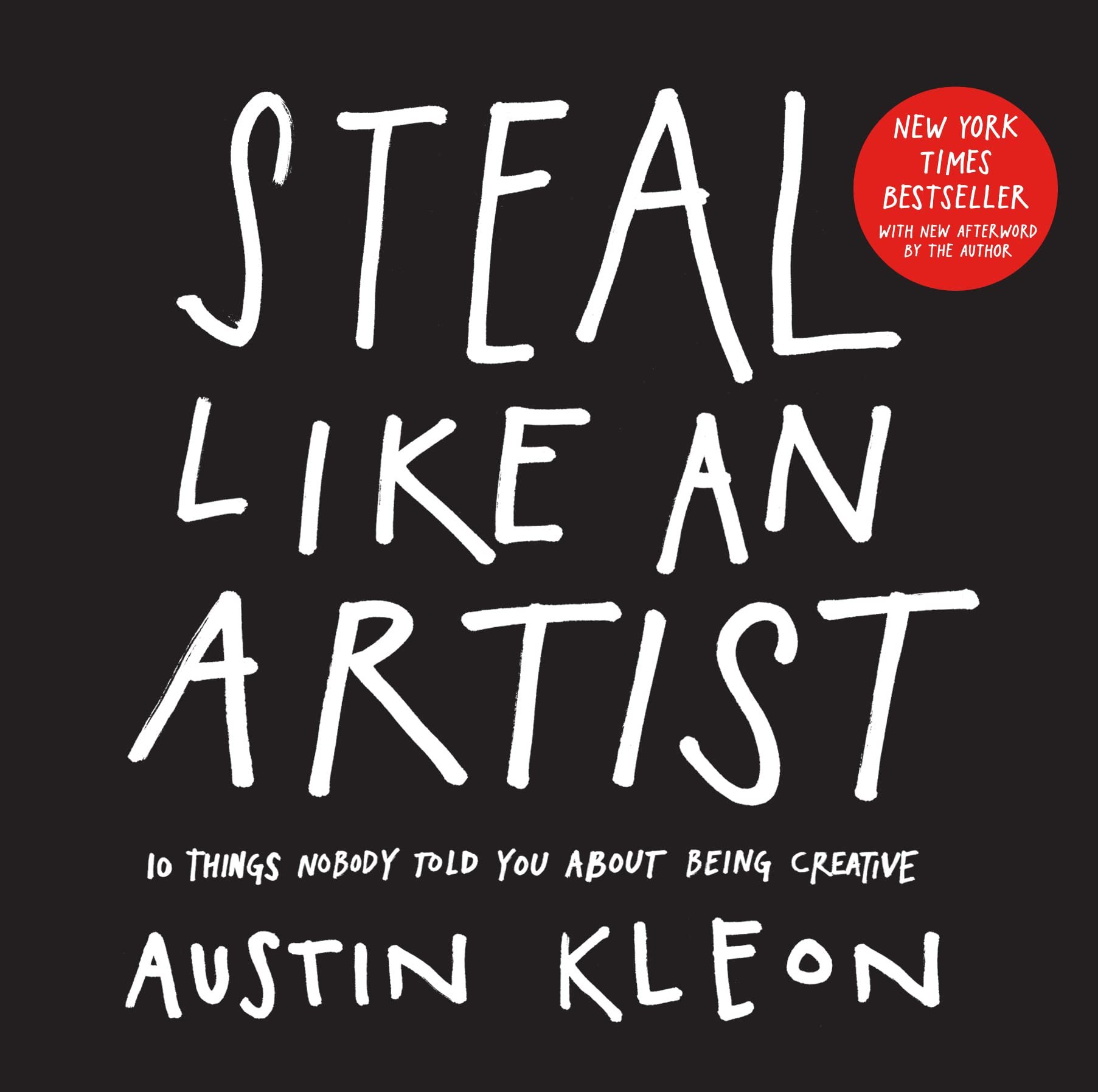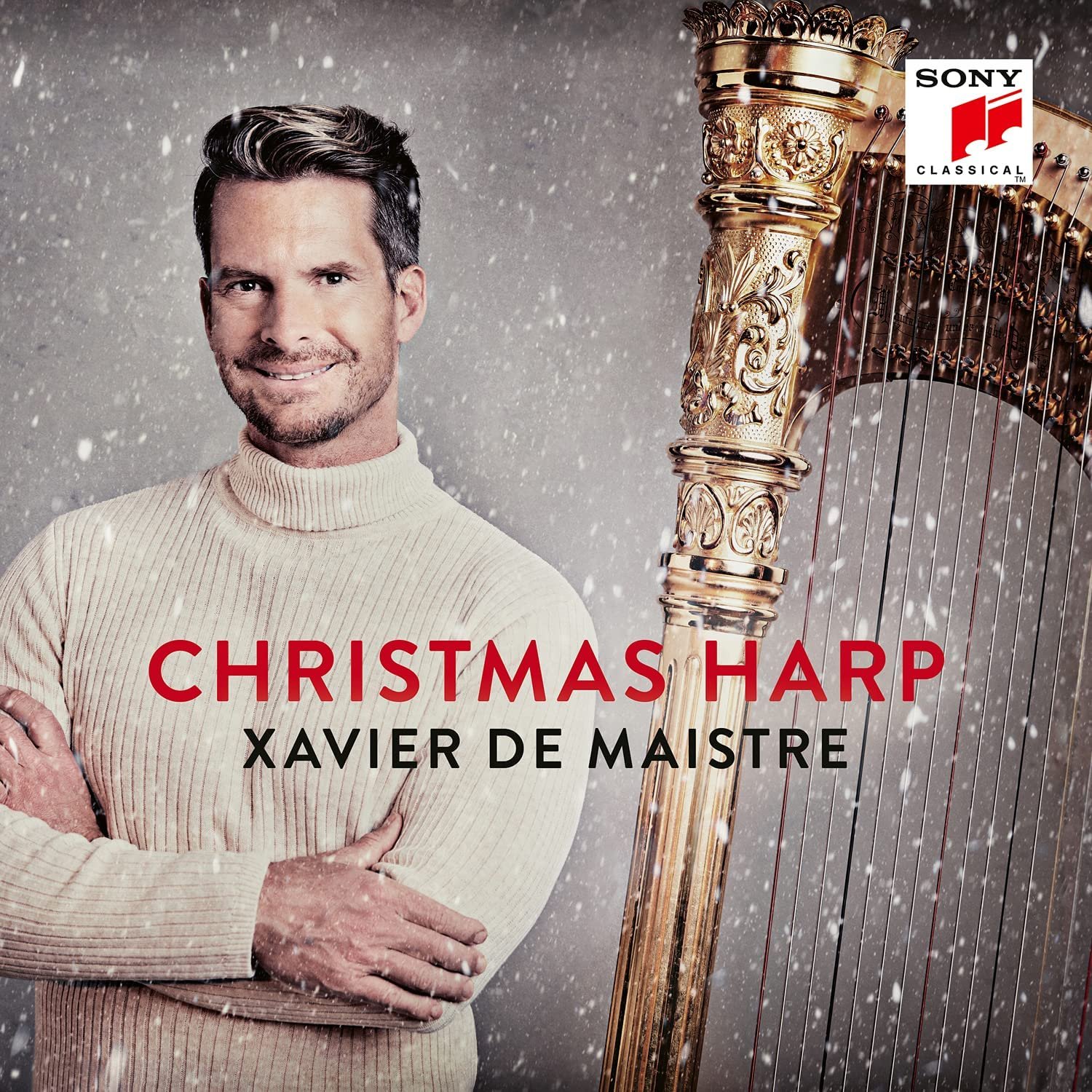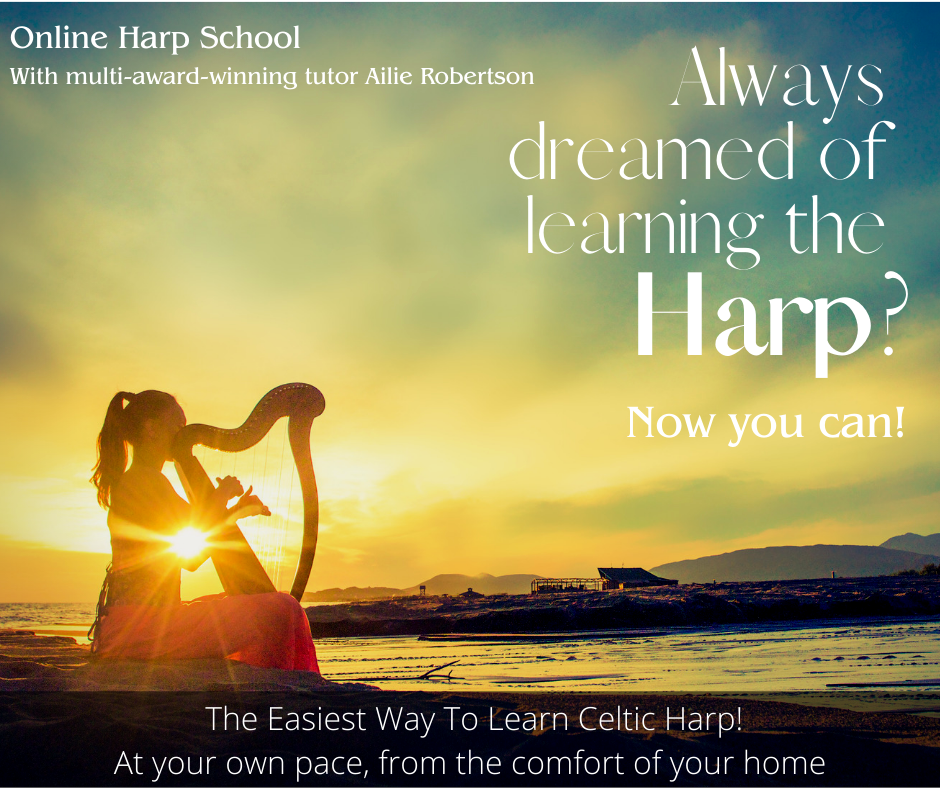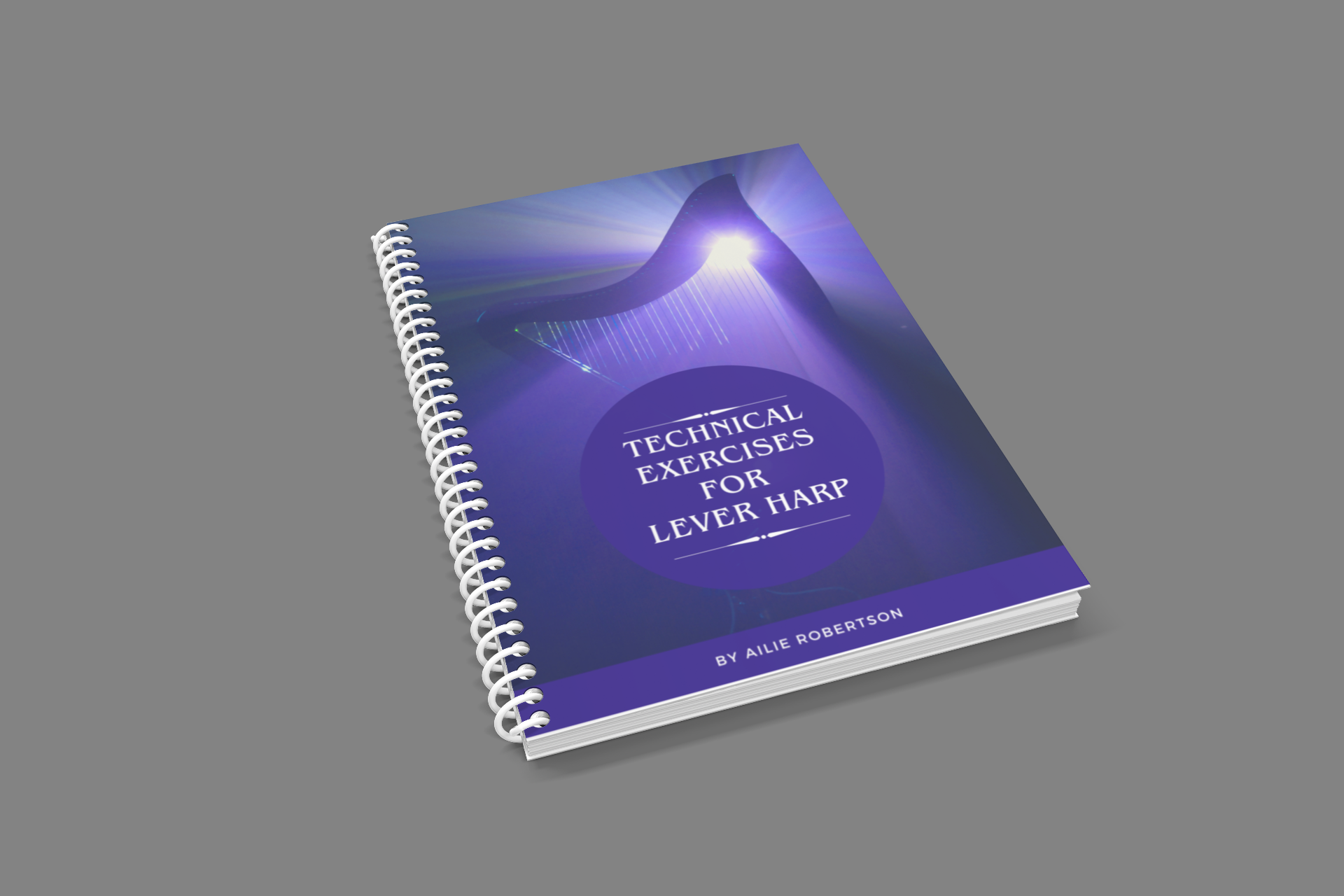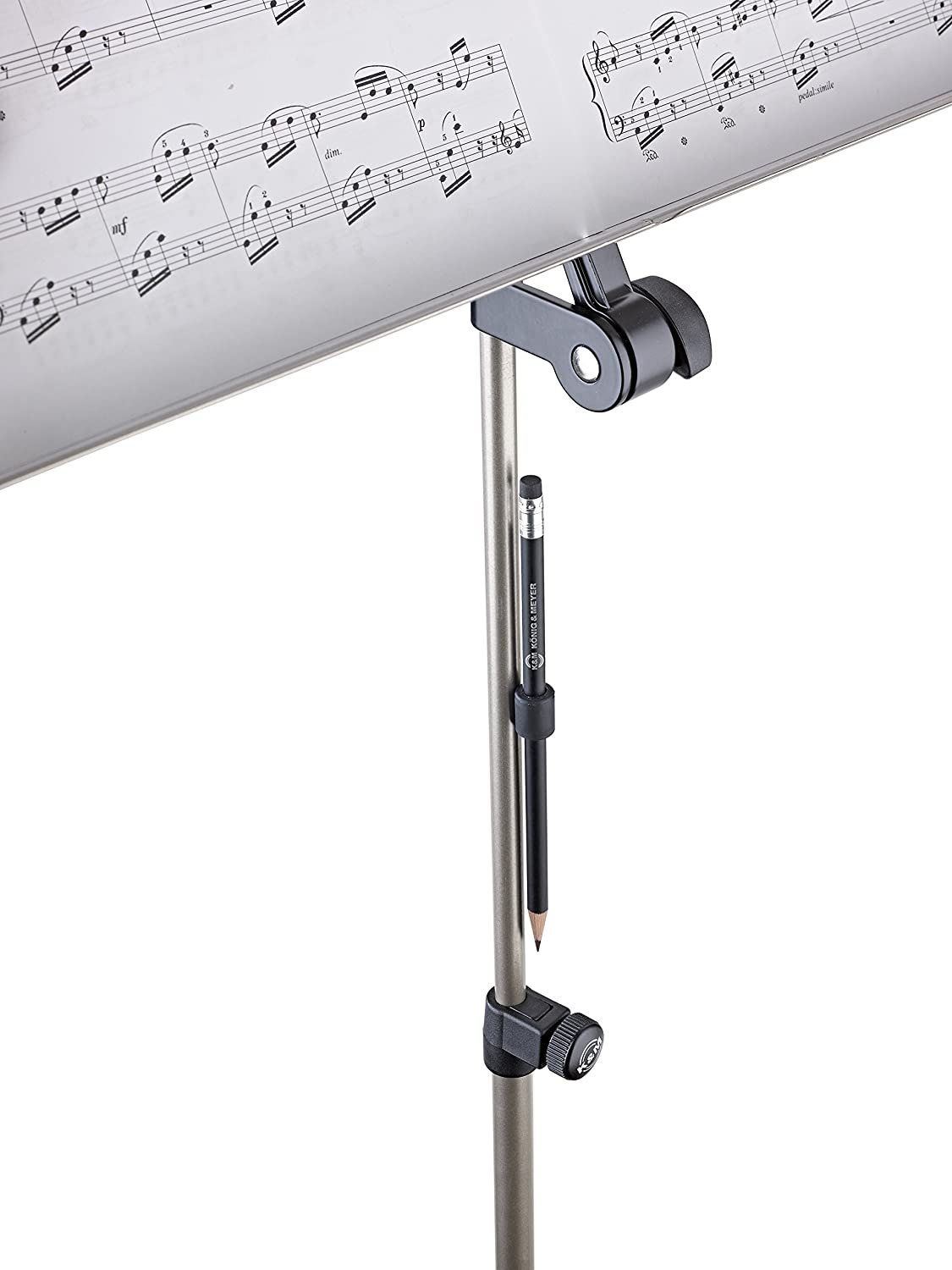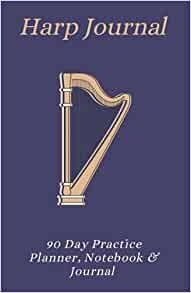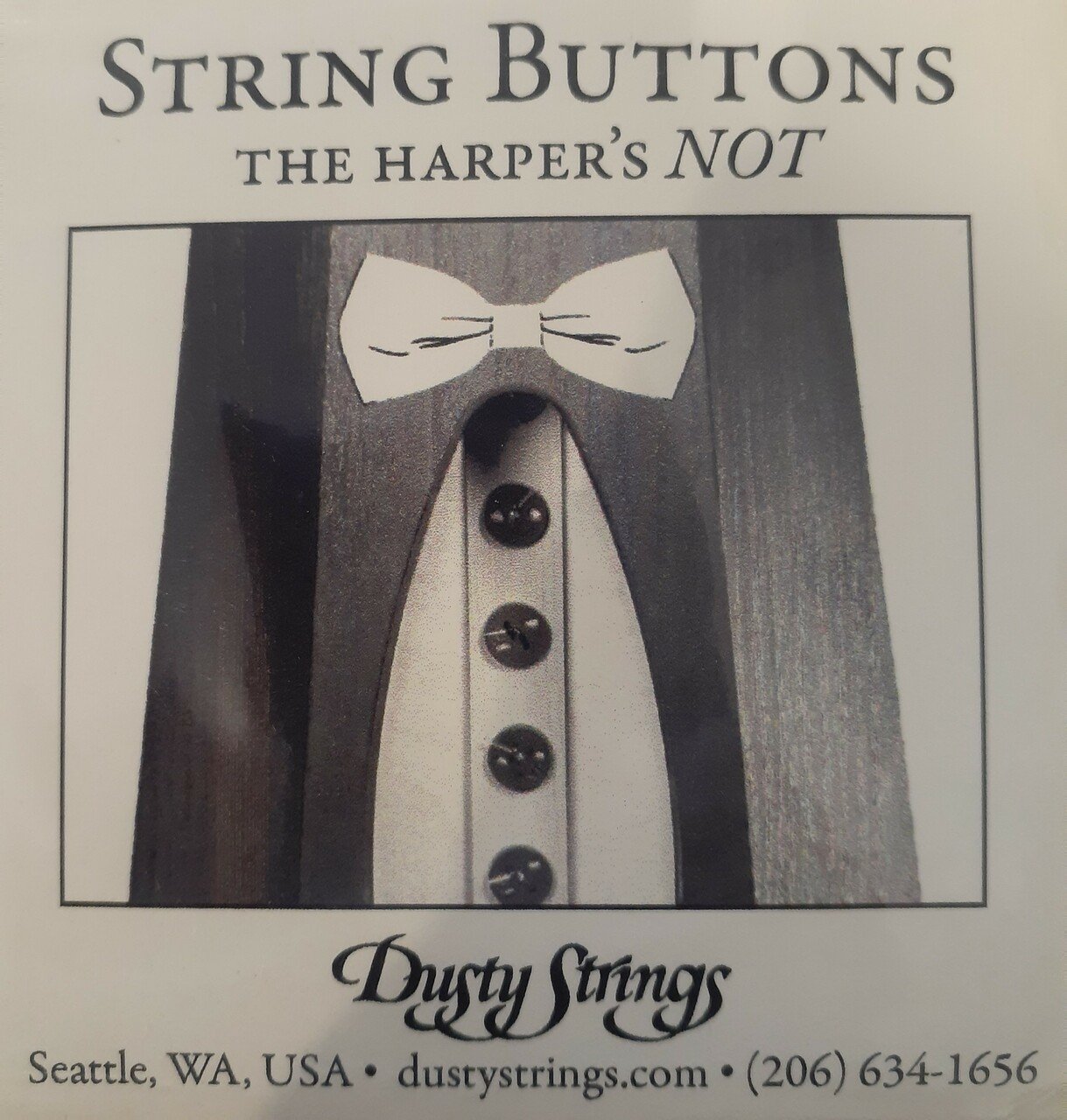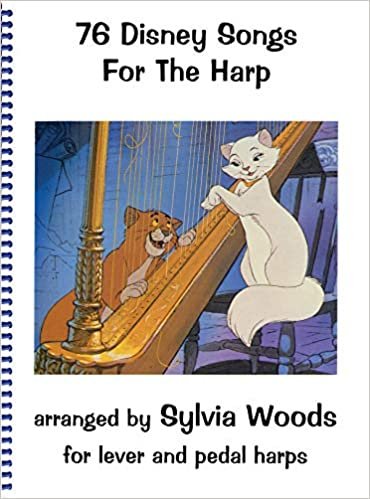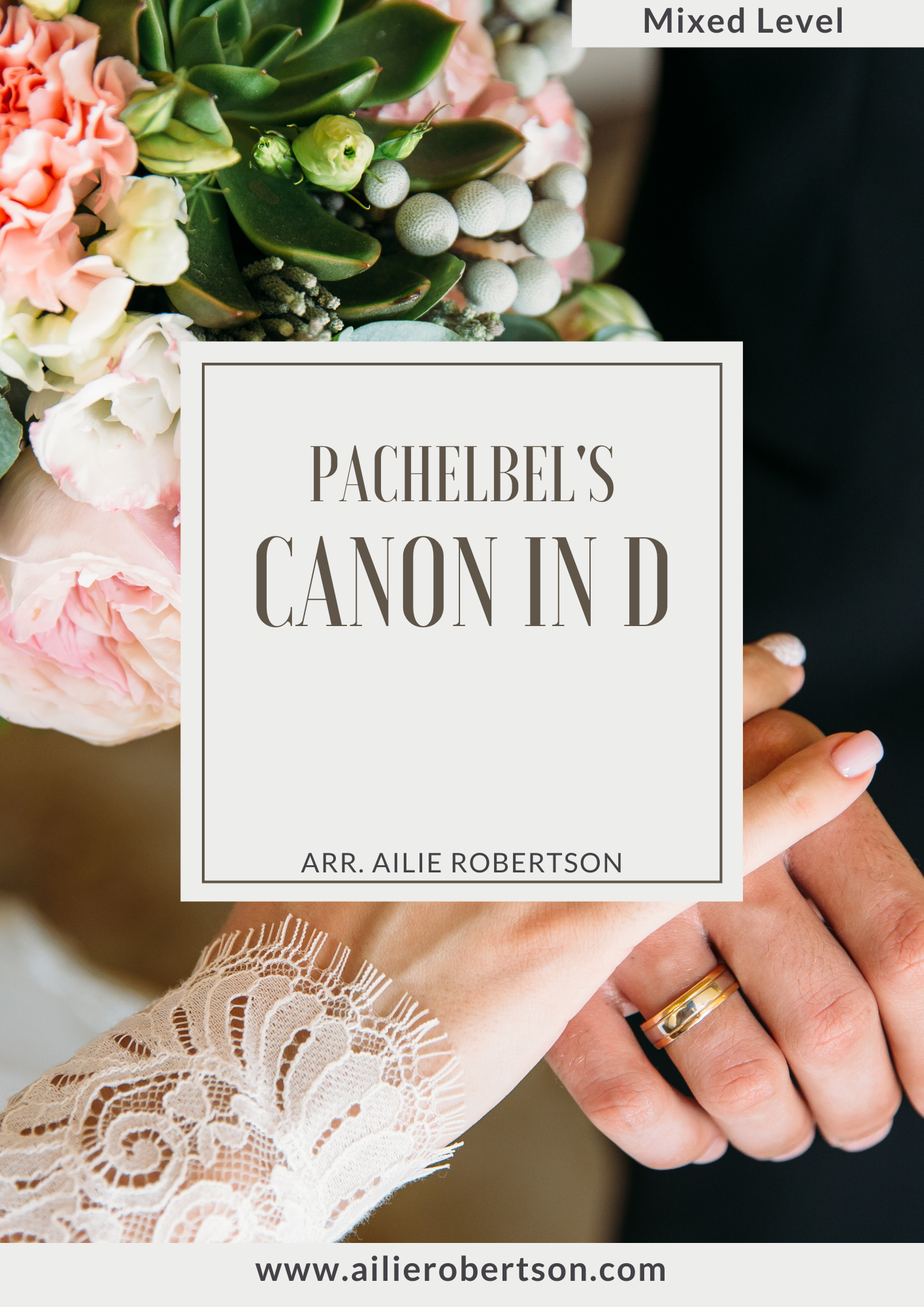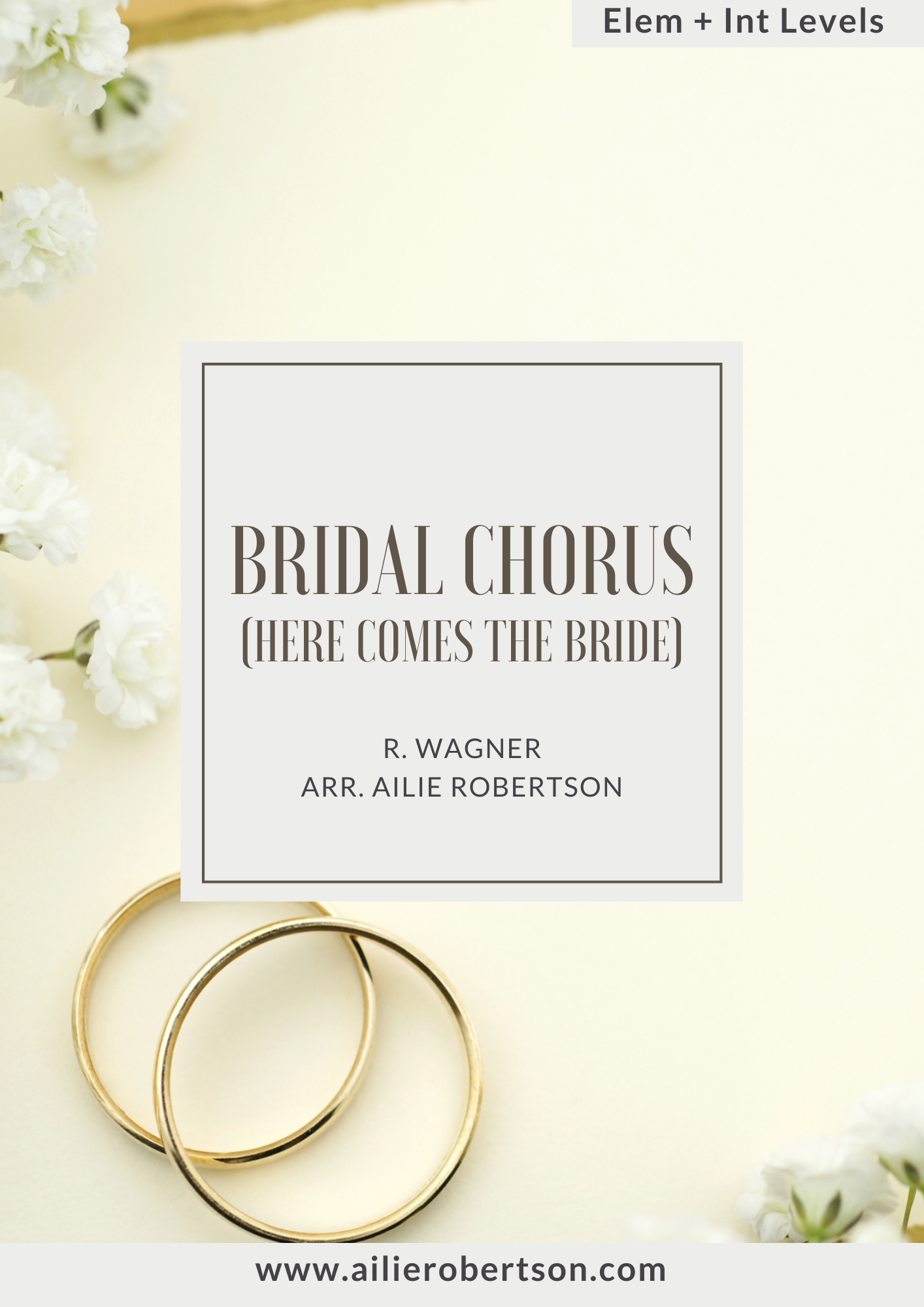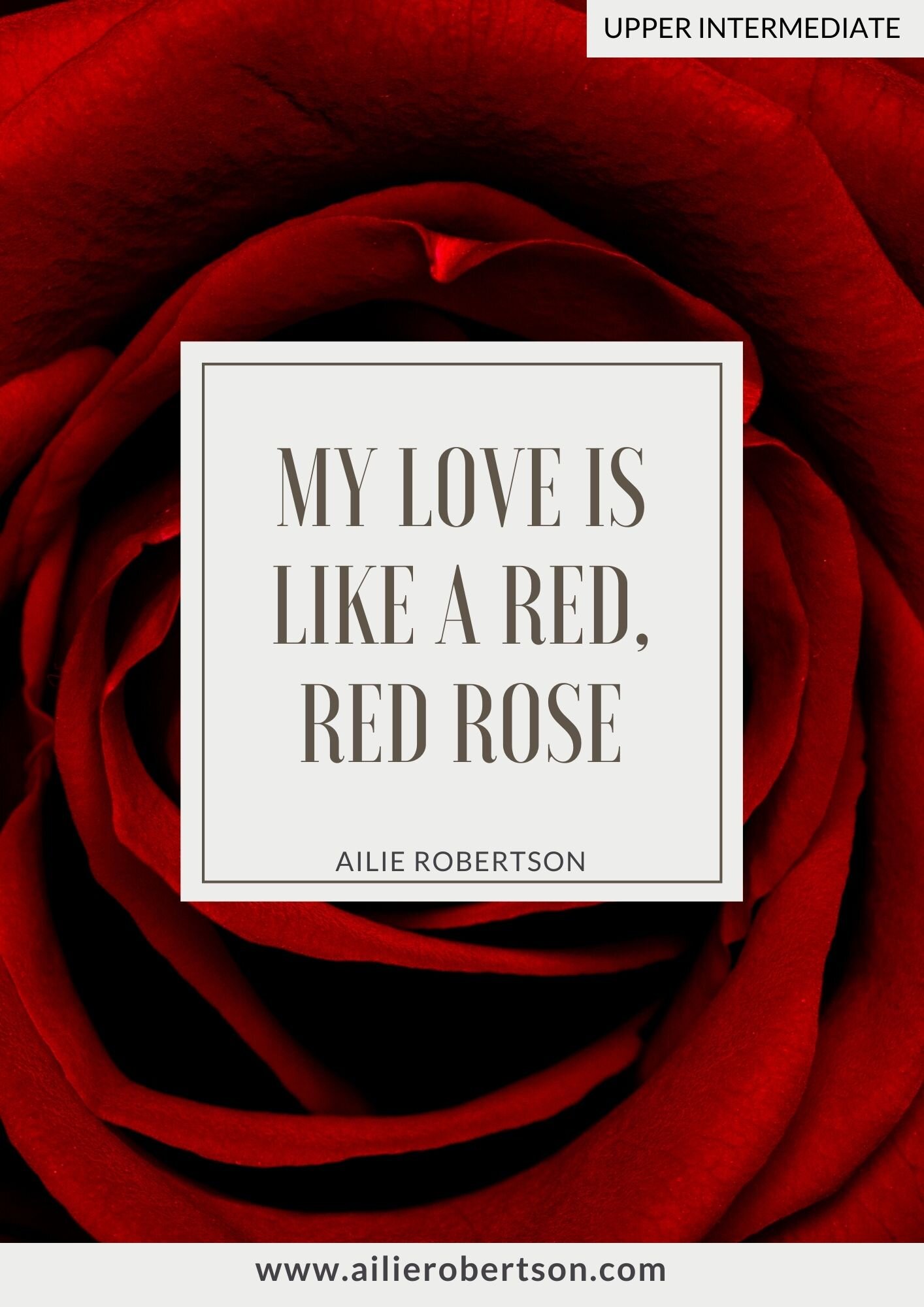Over on my Patreon Harp Chat tier we talk a lot about Creativity and I always say the same thing - the best way to get good at ANY creative work is to keep doing it. Again and again. Create, create, create, no matter how messy and imperfect it is, at first.
But as we progress it’s common to experience fear and creative blocks and to find ourselves procrastinating. Almost all creatives have felt this at some point, so it can be useful to read about how others get through these struggles.
I’ve read many creativity books over the years and these are some of my favourites which I keep going back to. I hope they might also help you!
If you've ever felt held back by fear or self-doubt, "Big Magic" by Elizabeth Gilbert is the perfect antidote. Gilbert, known for her bestselling memoir "Eat, Pray, Love," shares her profound insights into the creative process. Through personal anecdotes and practical wisdom, she encourages readers to embrace curiosity, let go of perfectionism, and fearlessly pursue their creative passions. With a friendly and relatable voice, Gilbert's book will inspire you to live a more creative and fulfilling life, reminding you that creativity is a birthright we all possess. More info: https://amzn.to/3XwuoEK
2. "The War of Art: Break Through the Blocks and Win Your Inner Creative Battles" by Steven Pressfield
In "The War of Art," Steven Pressfield examines the internal obstacles that prevent us from fully realizing our creative potential. He introduces the concept of Resistance—an invisible force that manifests as procrastination, self-doubt, and fear—and provides practical strategies to overcome it. With a no-nonsense approach and profound insights, Pressfield empowers readers to identify and conquer the forces that stand in the way of their creative dreams. More info: https://amzn.to/3pjTj1z
3. "Steal Like an Artist: 10 Things Nobody Told You About Being Creative" by Austin Kleon
Austin Kleon's "Steal Like an Artist" challenges conventional notions of originality and creativity. He encourages readers to embrace the idea that all creative work builds upon what came before. Kleon offers invaluable advice on how to find inspiration in the world around us, nurture our creative voice, and transform our ideas into reality. Filled with engaging illustrations and practical exercises, this book is a treasure trove for anyone looking to tap into their creative potential. More info: https://amzn.to/3JxgPPs
4. "The Creative Habit: Learn It and Use It for Life" by Twyla Tharp
Renowned choreographer Twyla Tharp invites readers on a creative journey in "The Creative Habit." She explores the rituals, routines, and mindset necessary to cultivate and sustain creativity and emphasises the power of discipline, offering practical exercises and personal anecdotes to help you overcome creative blocks and establish habits that fuel your artistic endeavors. Tharp's friendly and encouraging voice serves as a guiding light, reminding you that creativity is not just a fleeting moment but a lifelong practice to be nurtured and cherished. More info: https://amzn.to/3PrdKUW
5. "The Creative Act: A Way of Being" by Rick Rubin
“The Creative Act” is a thought-provoking exploration of creativity and its transformative power. Drawing from his vast experience as a renowned music producer, Rubin delves into the essence of creativity as a state of being. He invites readers to embrace curiosity, vulnerability, and the willingness to take risks in order to tap into their creative potential. Through personal anecdotes and philosophical insights, Rubin challenges conventional notions of success and offers a fresh perspective on the creative process. This book serves as a guide to living a more authentic and creatively fulfilling life, encouraging readers to embrace their unique creative journey. More info: https://amzn.to/3r3JqWh
Conclusion:
Whether you seek guidance in overcoming self-doubt, embracing inspiration, or nurturing your creative habits, these books will serve as trusted companions on your creative journey. The books recommended above offer a rich tapestry of perspectives, techniques, and inspiration to fuel your creative endeavors. Embrace their wisdom, unlock your imagination, and let your creativity soar.


